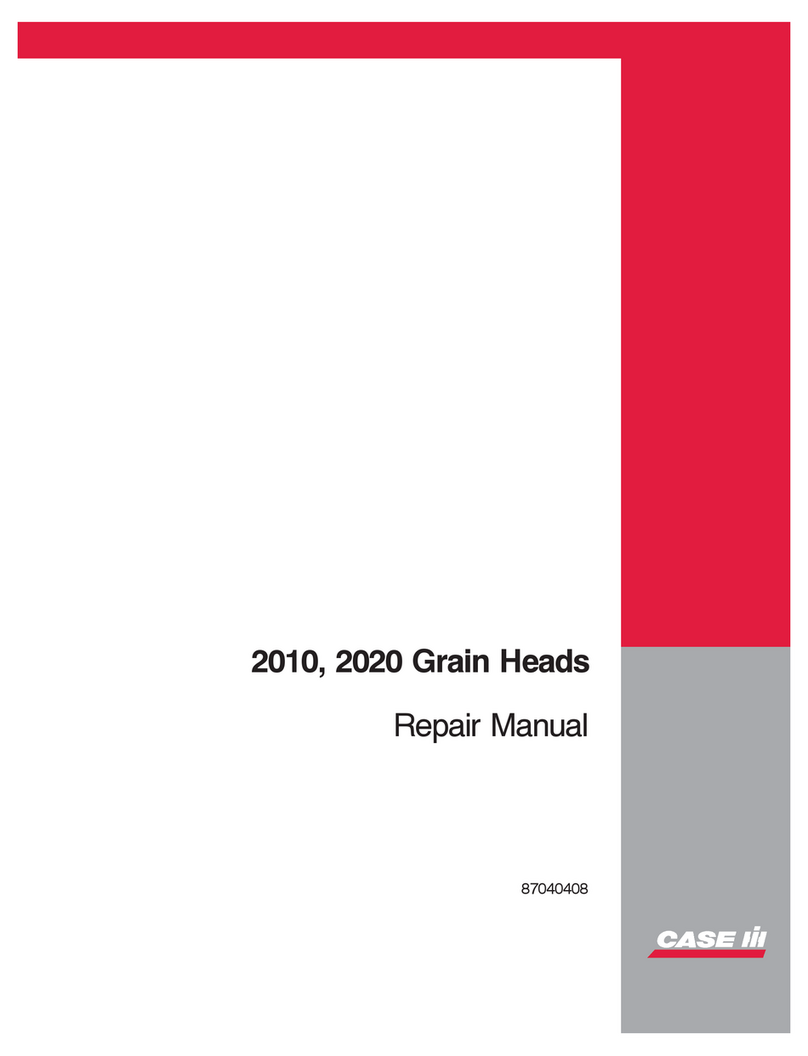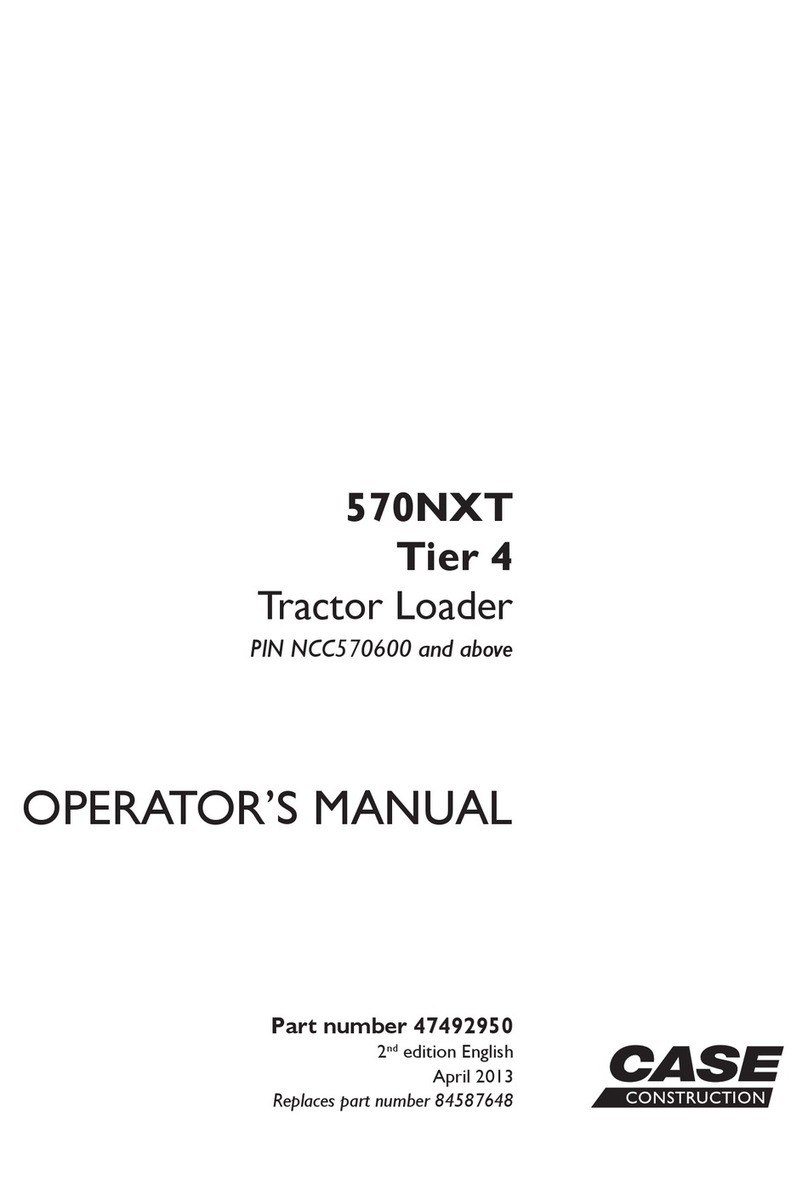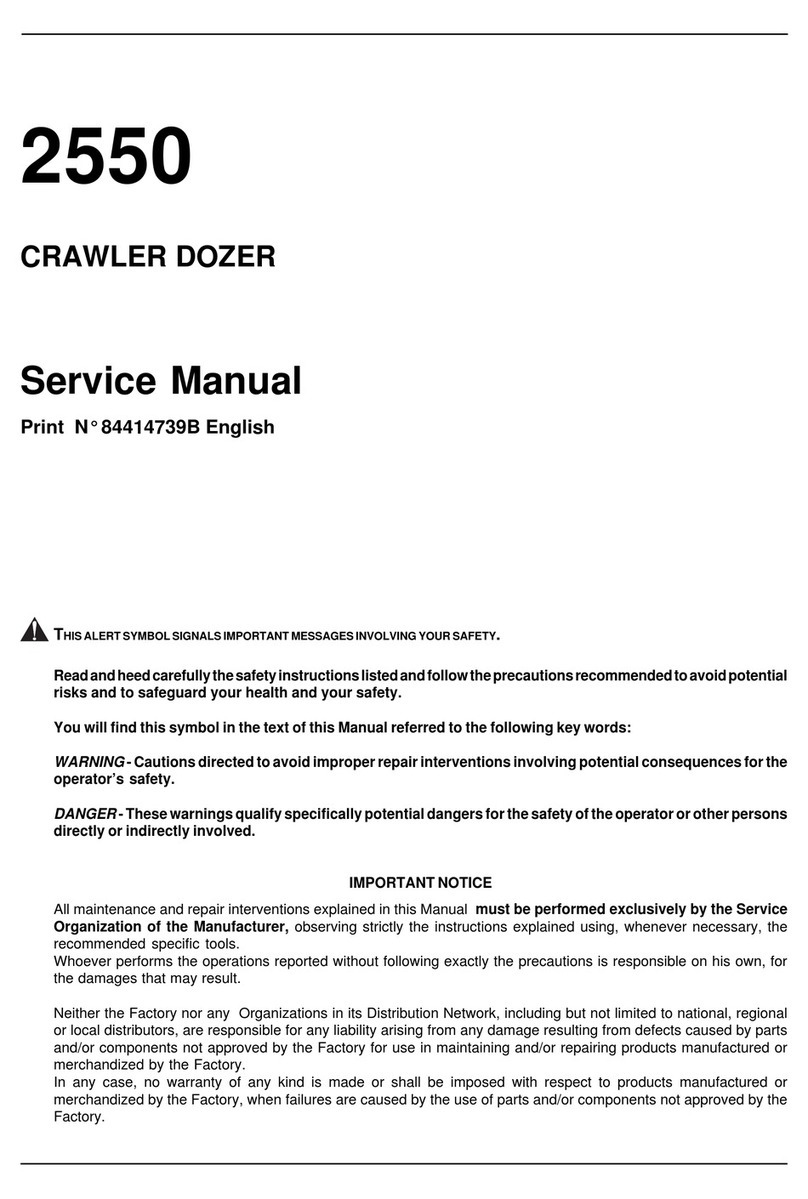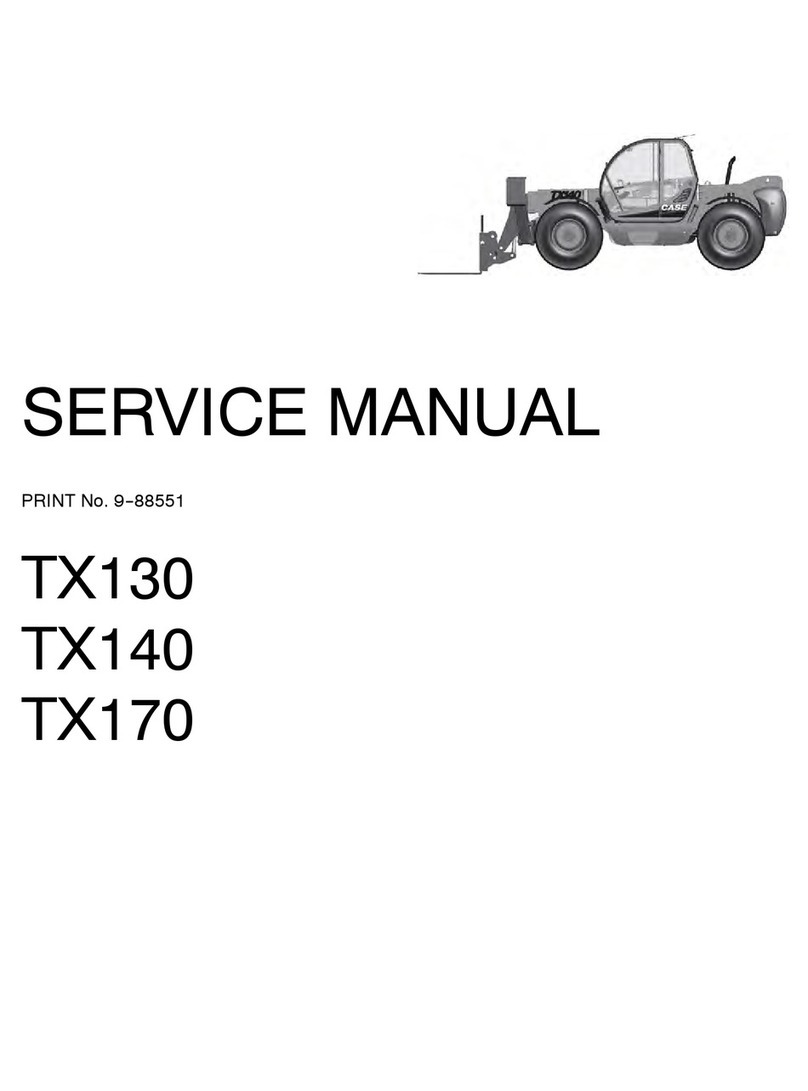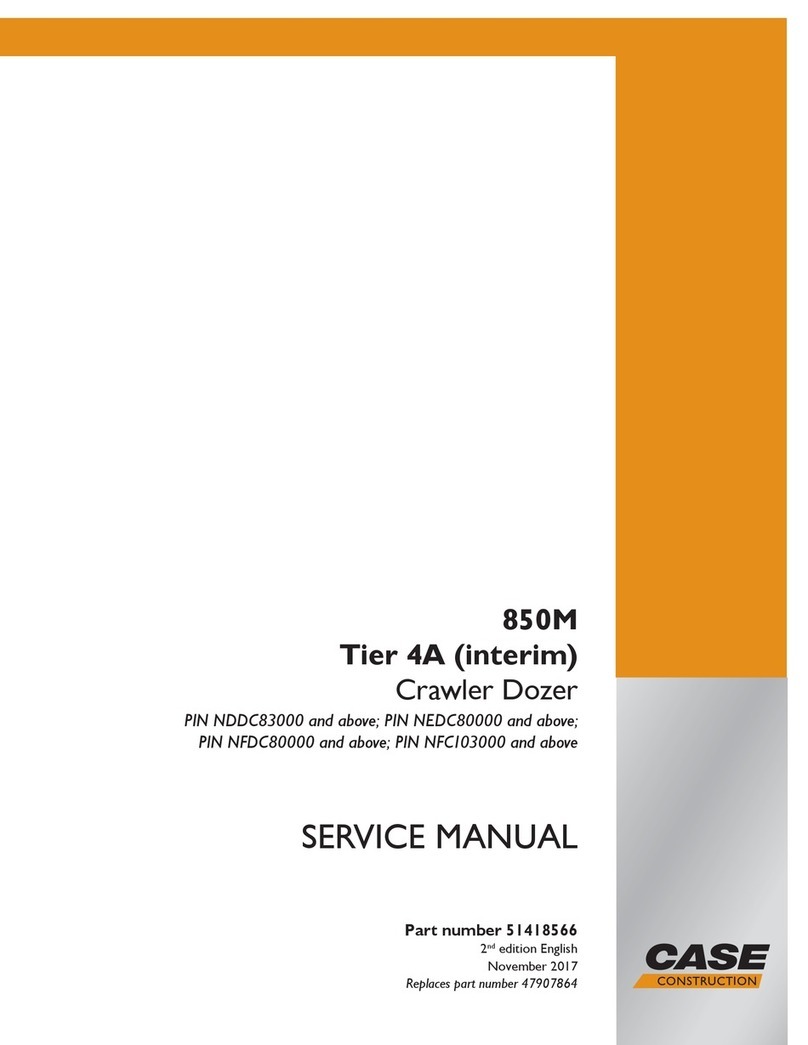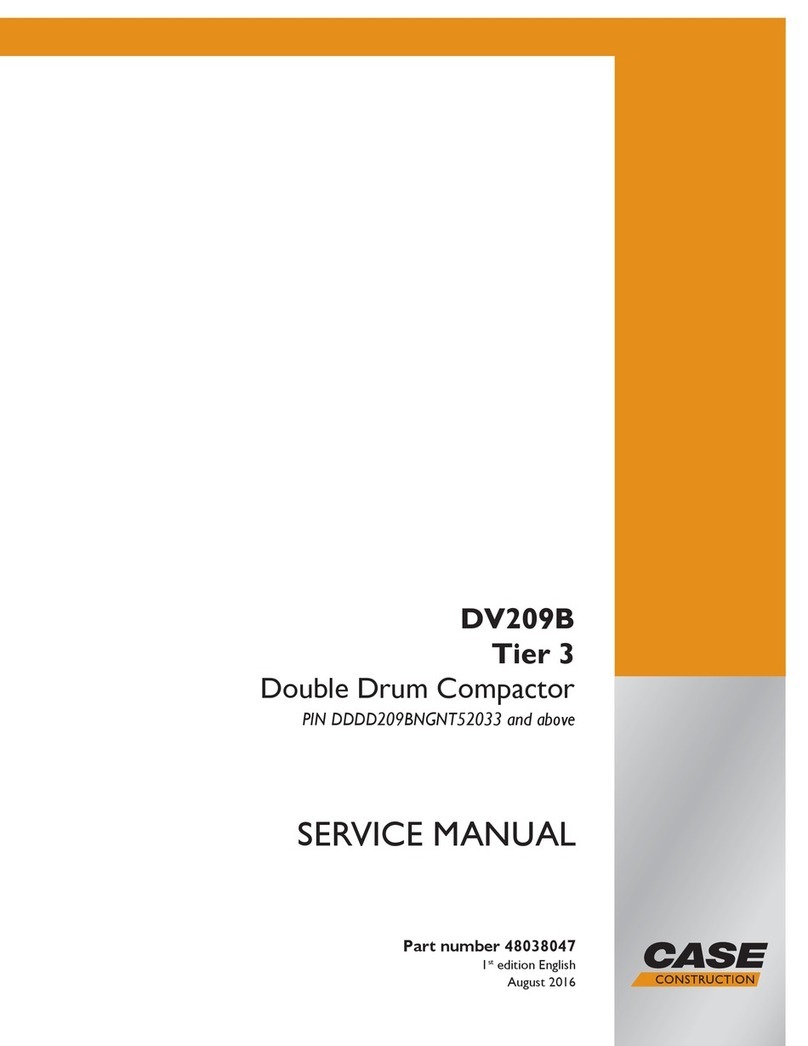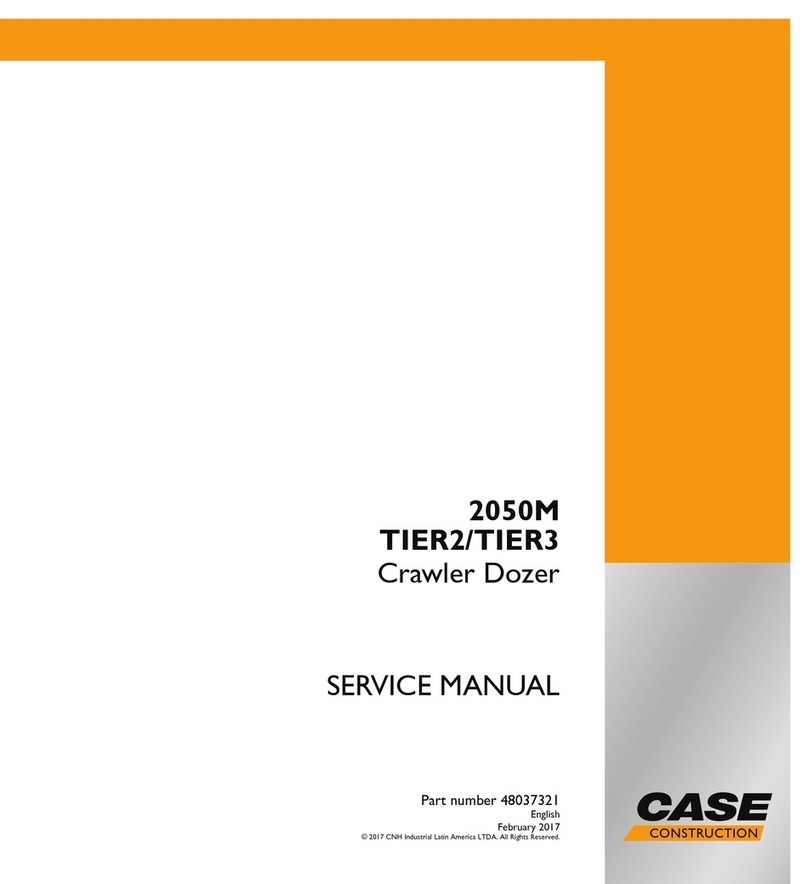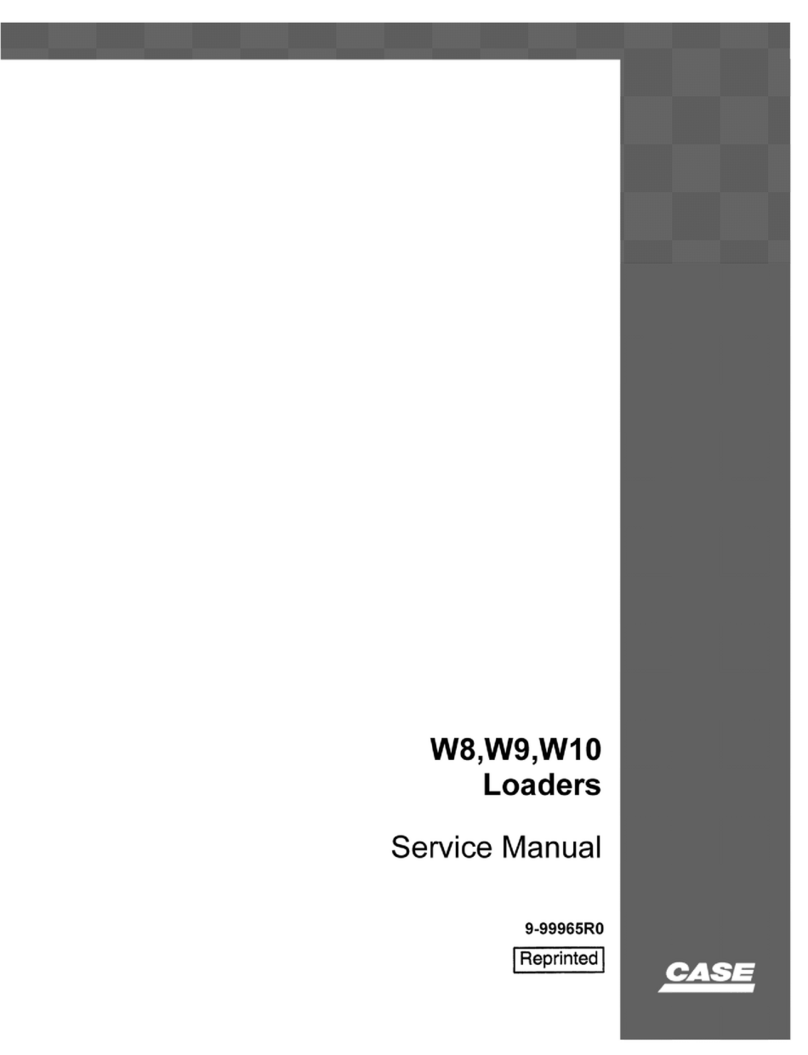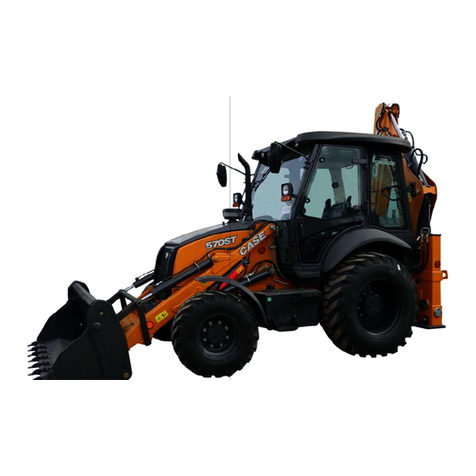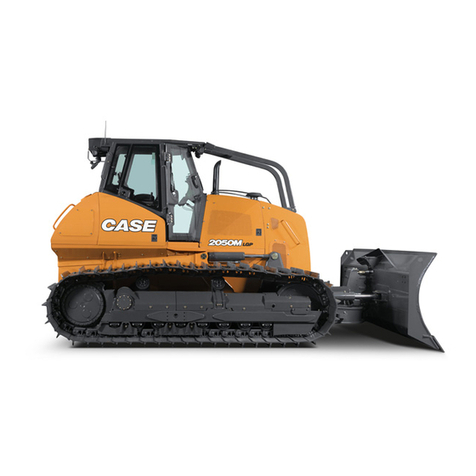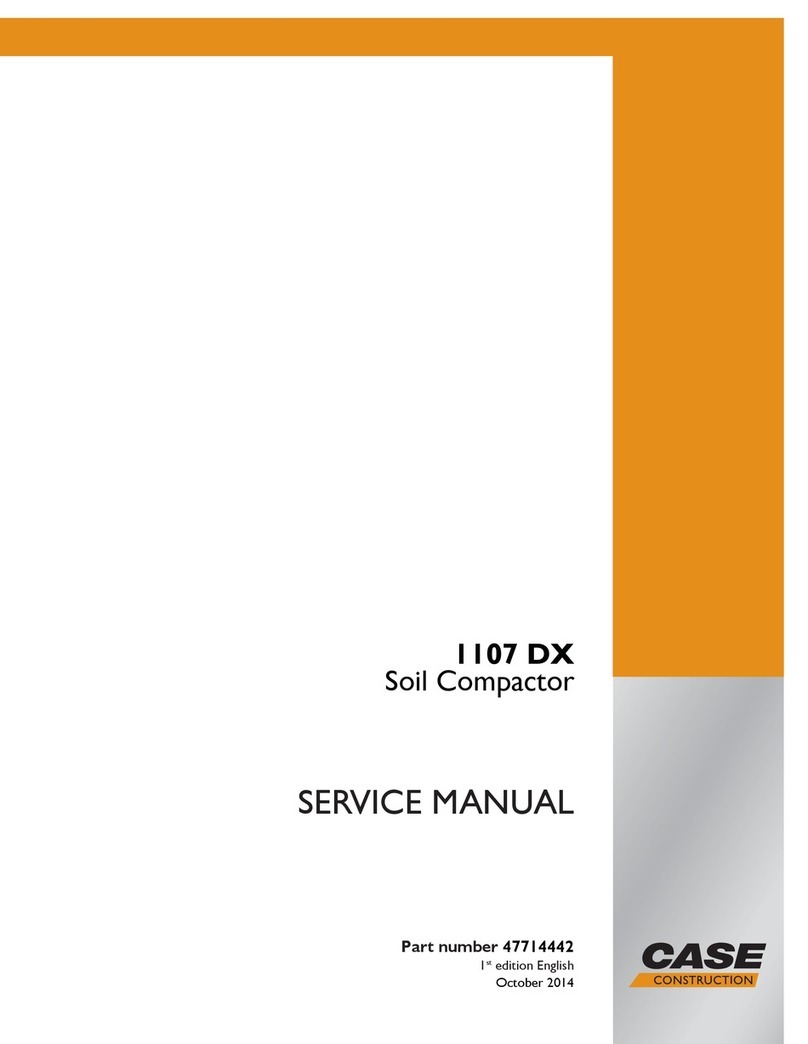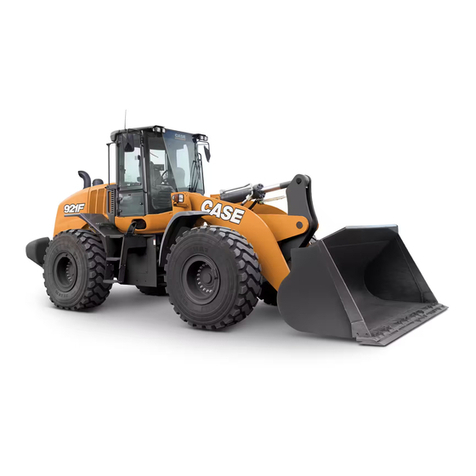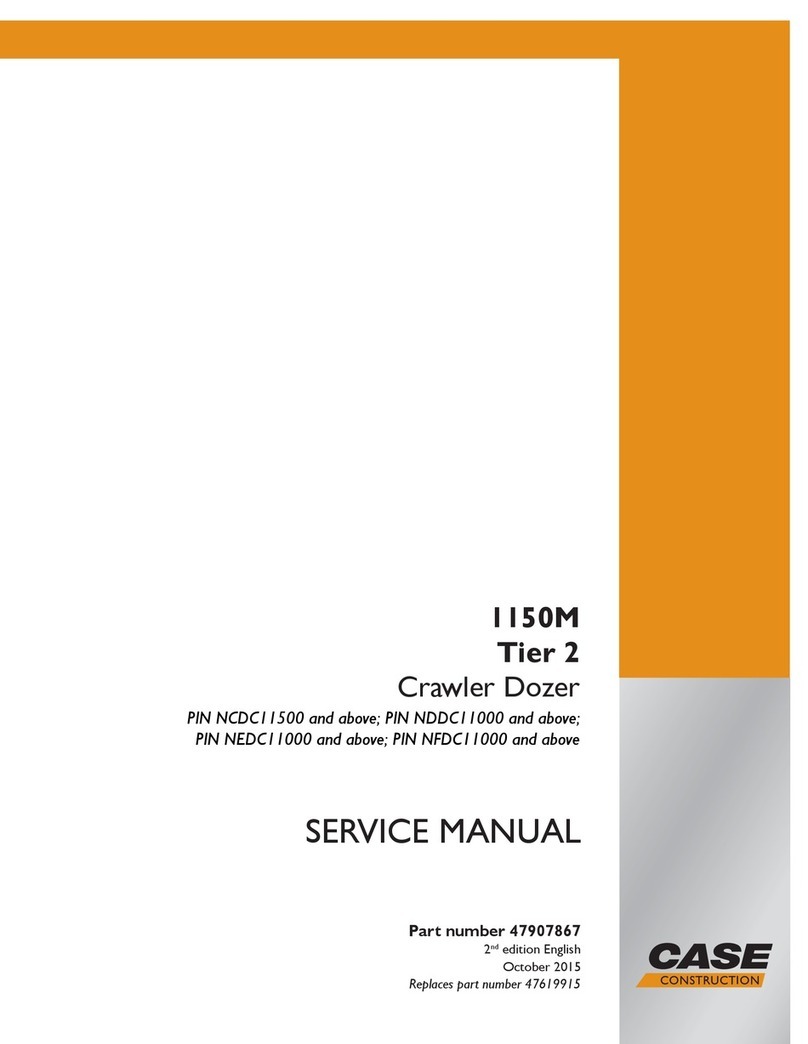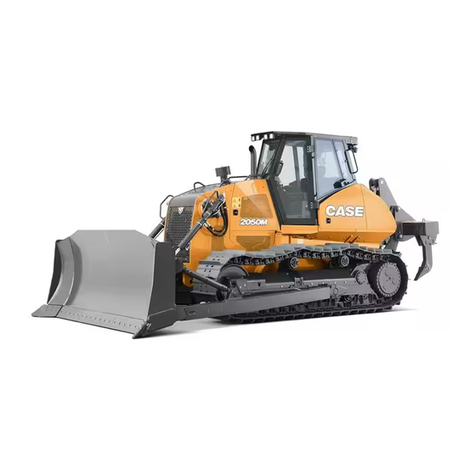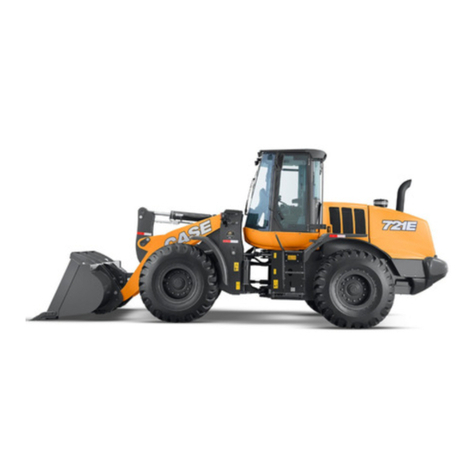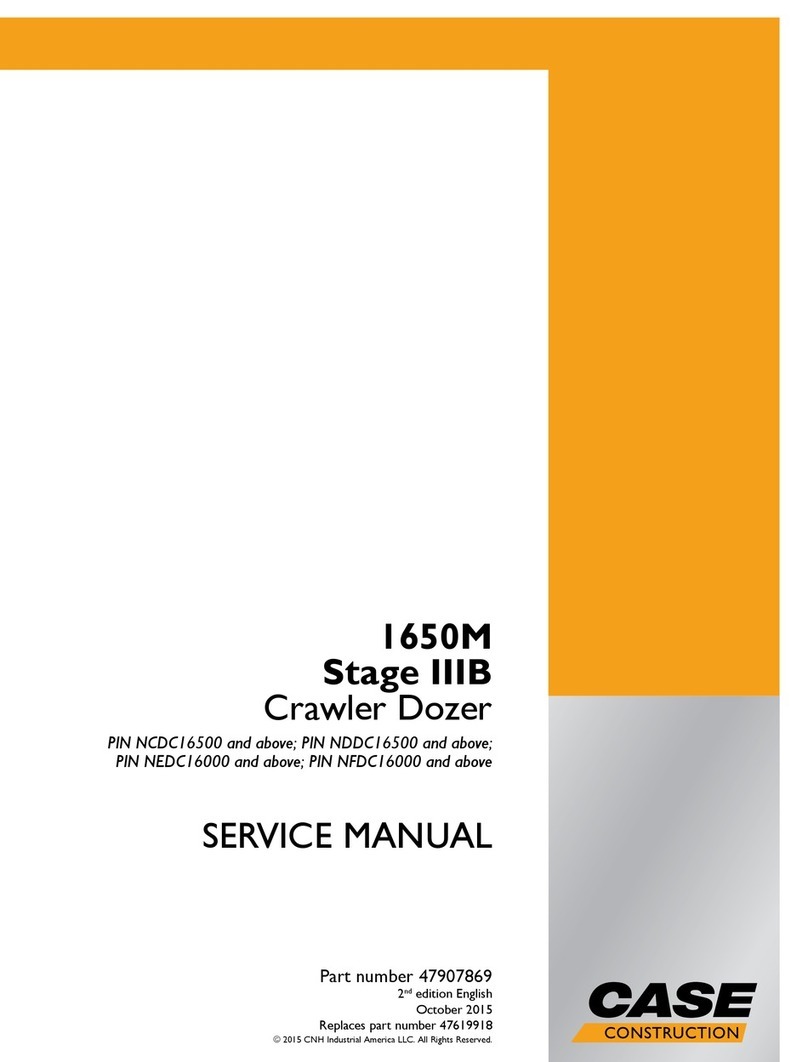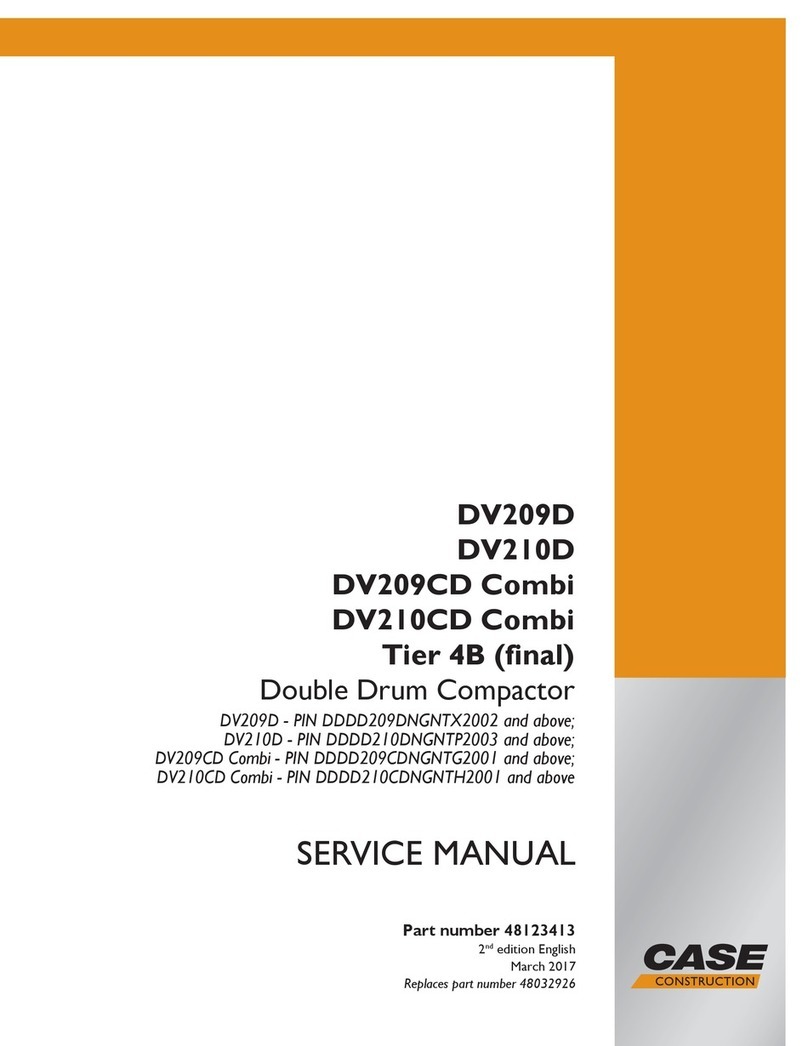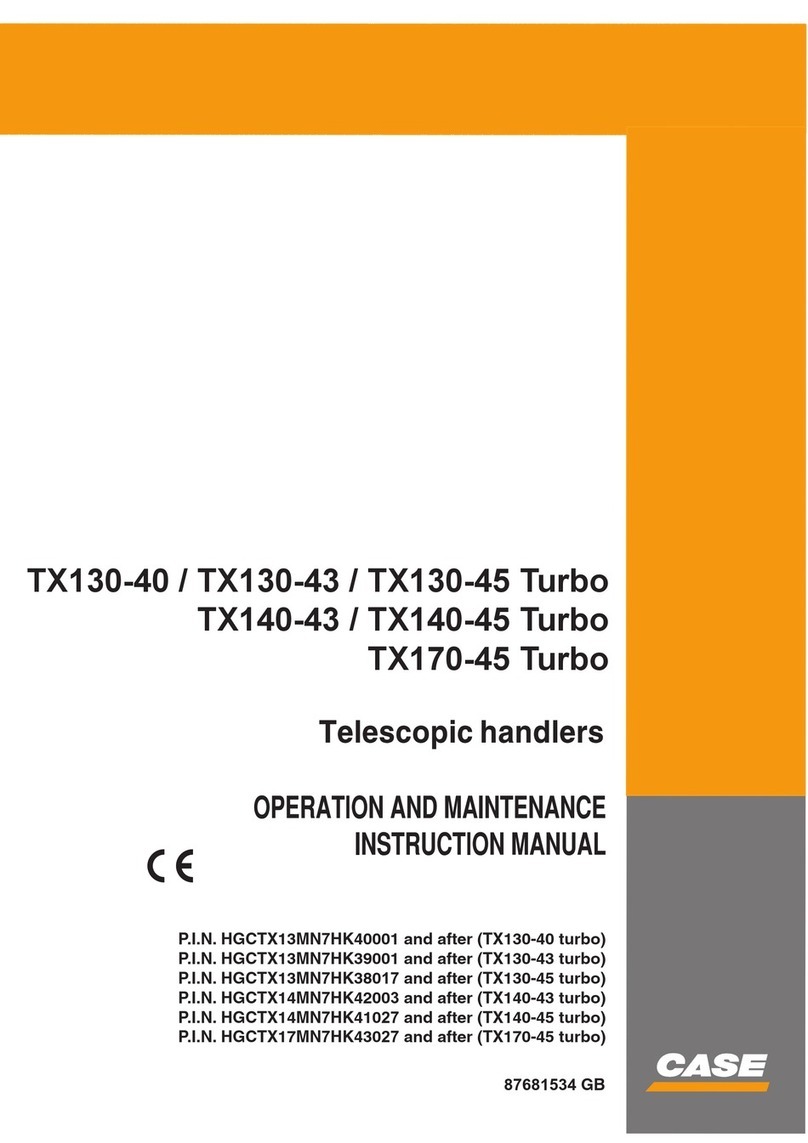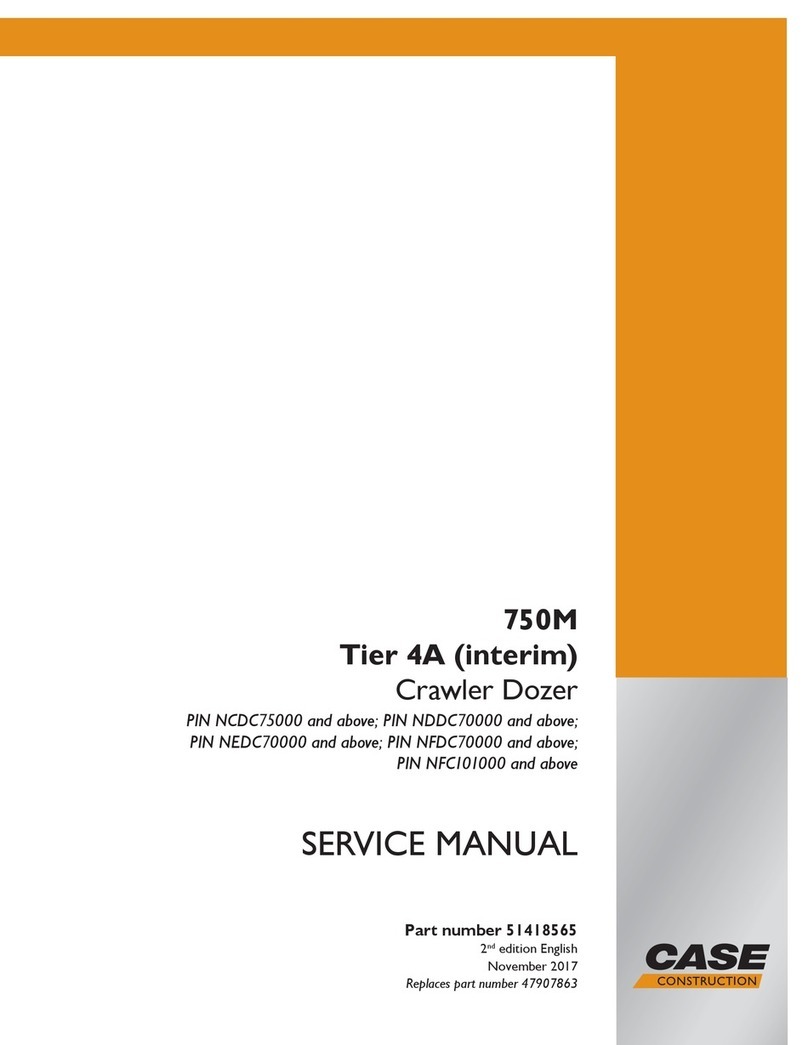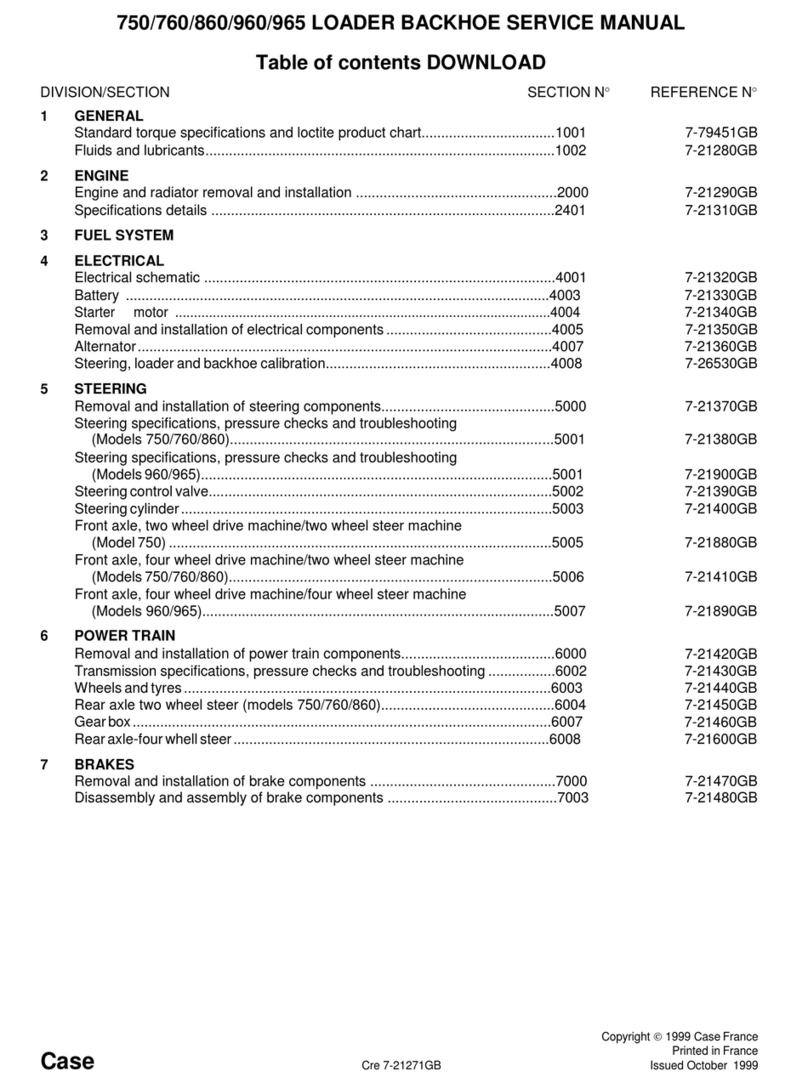
7. HYDRAULIC OIL TANK .............................................................................................................................. 19
8. AIR FILTER................................................................................................................................................. 25
9. COUNTERWEIGHT .................................................................................................................................... 25
10. FUEL SYSTEM ......................................................................................................................................... 26
11. CAB AND OPERATOR’S SEAT ............................................................................................................... 32
11.1 CAB AT VARIABLE HEIGHT (WX 210 Industry - WX 240 Industry) ................................................. 43
12. CENTRALIZED LUBRICATION PUMP..................................................................................................... 44
SECTION 05 - UNDERCARRIAGE
1. UNDERCARRIAGE COMPONENTS............................................................................................................ 1
2. REAR RIGID AXLE ....................................................................................................................................... 2
2.1 TECHNICAL SPECIFICATIONS............................................................................................................ 3
2.2 DISASSEMBLY AND ASSEMBLY......................................................................................................... 6
2.3 DISASSEMBLY AND ASSEMBLY......................................................................................................... 8
2.4 TROUBLESHOOTING ......................................................................................................................... 87
2.5 SPECIAL TOOLS................................................................................................................................. 89
3. TRAVEL MOTOR........................................................................................................................................ 90
3.1 TECHNICAL SPECIFICATIONS.......................................................................................................... 90
3.2 DISASSEMBLY AND ASSEMBLY....................................................................................................... 91
3.3 DISASSEMBLY AND ASSEMBLY....................................................................................................... 92
4. CARDAN SHAFT ...................................................................................................................................... 103
4.1 DISASSEMBLY AND ASSEMBLY..................................................................................................... 104
5. FRONT STEERING AXLE ........................................................................................................................ 106
5.1 TECHNICAL SPECIFICATIONS........................................................................................................ 107
5.2 DISASSEMBLY AND ASSEMBLY..................................................................................................... 110
5.3 DISASSEMBLY AND ASSEMBLY..................................................................................................... 112
5.4 TROUBLESHOOTING ....................................................................................................................... 184
5.5 SPECIAL TOOLS............................................................................................................................... 186
6. WHEELS AND TYRES ............................................................................................................................. 187
7. BLADE ...................................................................................................................................................... 192
7.1 BLADE CYLINDER ............................................................................................................................ 194
8. AXLE FLOATING LOCKING CYLINDERS ............................................................................................... 202
8.1 TECHNICAL SPECIFICATIONS........................................................................................................ 203
8.2 DISASSEMBLY AND ASSEMBLY..................................................................................................... 204
8.3 AIR BLEEDING .................................................................................................................................. 205
8.4 DISASSEMBLY AND ASSEMBLY..................................................................................................... 206
8.5 TROUBLESHOOTING ....................................................................................................................... 208
9. STABILIZERS ........................................................................................................................................... 209
9.1 STABILIZER CYLINDERS ................................................................................................................. 212
9.2 TROUBLESHOOTING ....................................................................................................................... 222
10. LEFT LADDER........................................................................................................................................ 224
11. RIGHT LADDER AND TOOL STORAGE BOX ....................................................................................... 225
12. ROTARY CONTROL VALVE AND ELECTRIC ROTOR......................................................................... 226
12.1 TECHNICAL SPECIFICATIONS...................................................................................................... 226
12.2 DISASSEMBLY AND ASSEMBLY................................................................................................... 227
12.3 DISASSEMBLY AND ASSEMBLY................................................................................................... 228
12.4 ELECTRIC ROTOR ......................................................................................................................... 230
Find manuals at https://best-manuals.com
